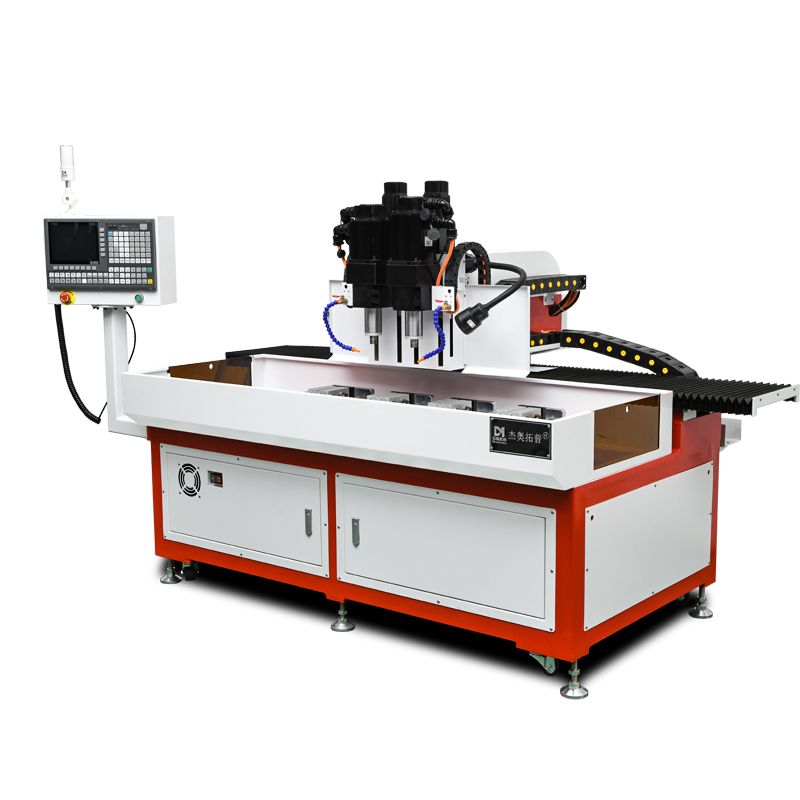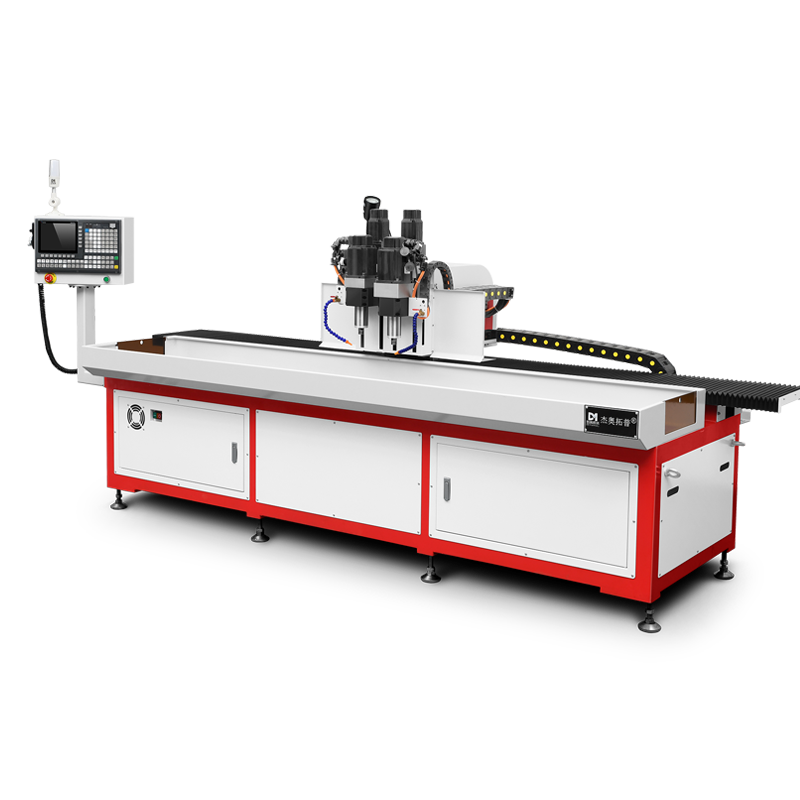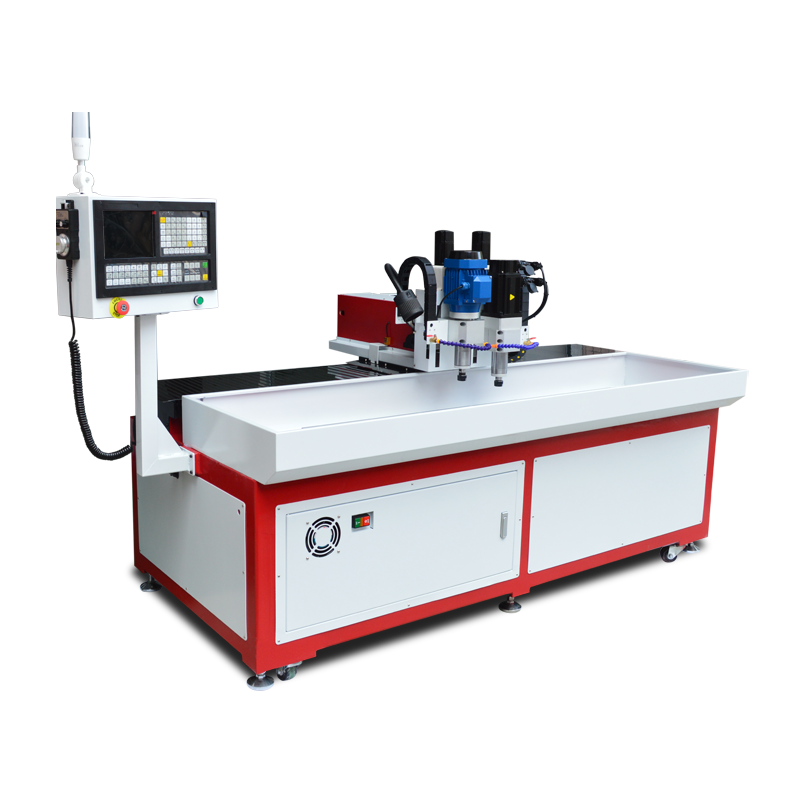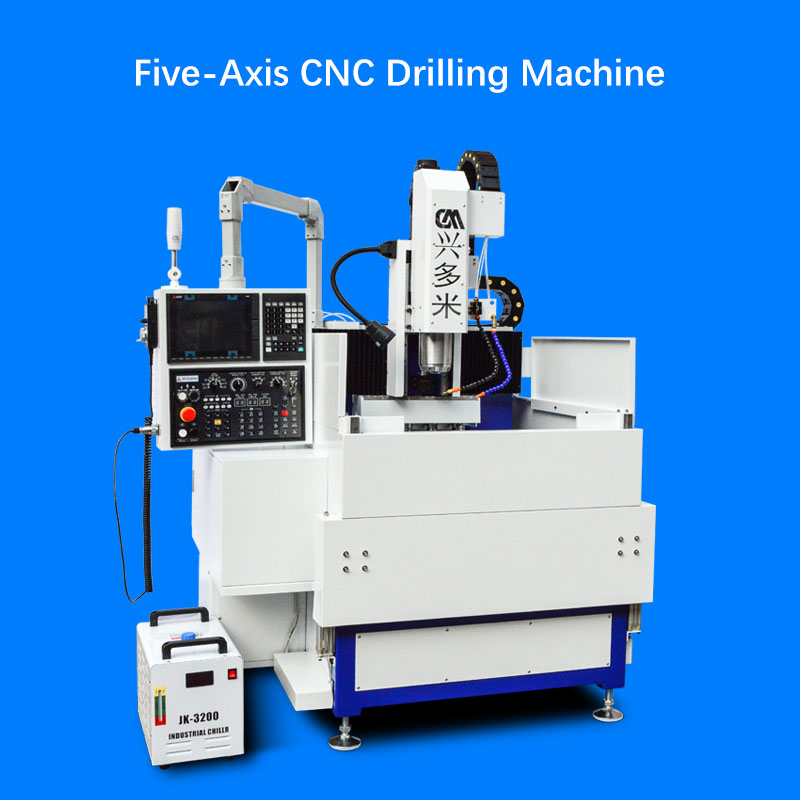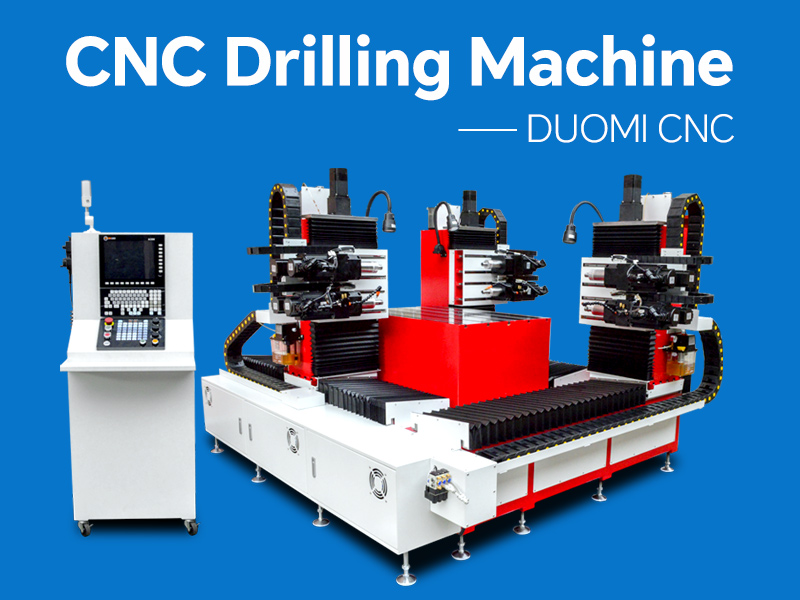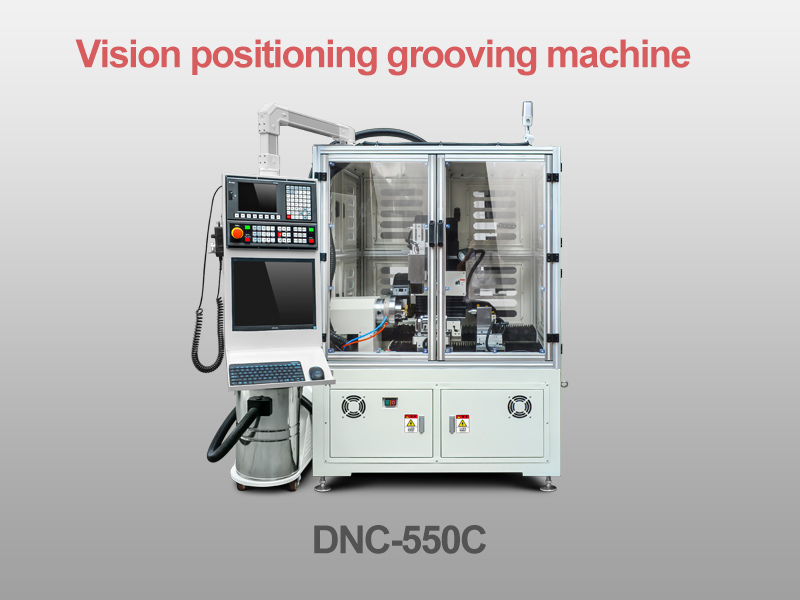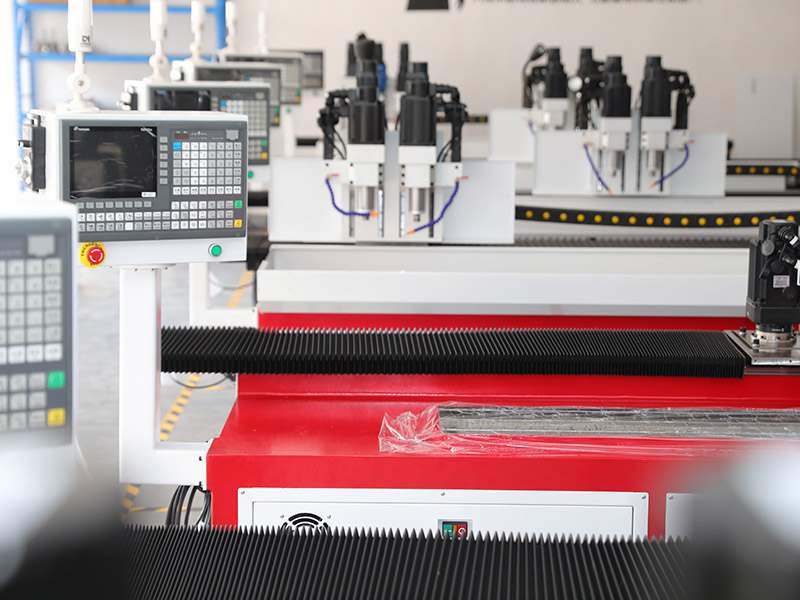Introduction
Thermal drilling, also known as friction drilling, is an advanced manufacturing process that creates strong, burr-free holes in metal workpieces without generating conventional chips. A thermal drilling machine utilizes frictional heat and pressure to displace material rather than cutting it, forming a hole with increased wall thickness, which enhances thread strength and mechanical stability. This technology is widely used across industries such as automotive, aerospace, construction, and metal fabrication, offering improved efficiency, cost reduction, and enhanced mechanical properties.
The Working Principle of Thermal Drilling Machines
A thermal drilling machine employs a conical, tungsten carbide drill bit that rotates at high speeds (typically between 5,000 and 12,000 RPM). The process involves the following steps:
Material Softening: The high rotational speed and downward pressure generate intense friction, raising the local temperature to approximately 600–900°C. This softens the material without melting it completely.
Plastic Deformation: As the drill bit advances, the softened metal flows outward and upward, forming a bushing-like structure.
Hole Formation: The tool fully penetrates the material, extruding a collar on the entry side and a protrusion on the exit side.
Reinforced Bushing Creation: The displaced material thickens the hole walls, increasing thread engagement length if tapping is required.
Surface Finishing and Threading: The hole can be tapped directly for threads, eliminating the need for additional fasteners like nuts or inserts.
Advantages of Thermal Drilling Machines
1. Material Conservation: Unlike traditional drilling, no material is removed; it is merely displaced.
2. Increased Strength: The extruded metal forms a strengthened bushing, improving load-bearing capacity.
3. High-Speed Operation: The entire process takes seconds, significantly reducing cycle times in automated systems.
4. Versatility: Effective for a wide range of metals, including steel, aluminum, brass, and stainless steel.
5. No Secondary Operations: Produces a smooth, burr-free finish, eliminating the need for deburring or countersinking.
Applications of Thermal Drilling Technology
1. Automotive Industry: Enhancing lightweight vehicle structures by reducing the need for heavy fasteners.
2. Aerospace Engineering: Strengthening airframe components with integrated thread holes.
3. Metal Fabrication: Used in sheet metal and tubing to create durable fastening points.
4. Construction: Employed in steel frameworks for high-load applications.
5. Furniture Manufacturing: Used in aluminum and steel frames to improve joint integrity.
Conclusion
Thermal drilling machines revolutionize hole-making technology by offering increased strength, material efficiency, and cost savings. As industries move towards lightweight, high-strength components, this process is becoming a preferred choice for manufacturers worldwide.




